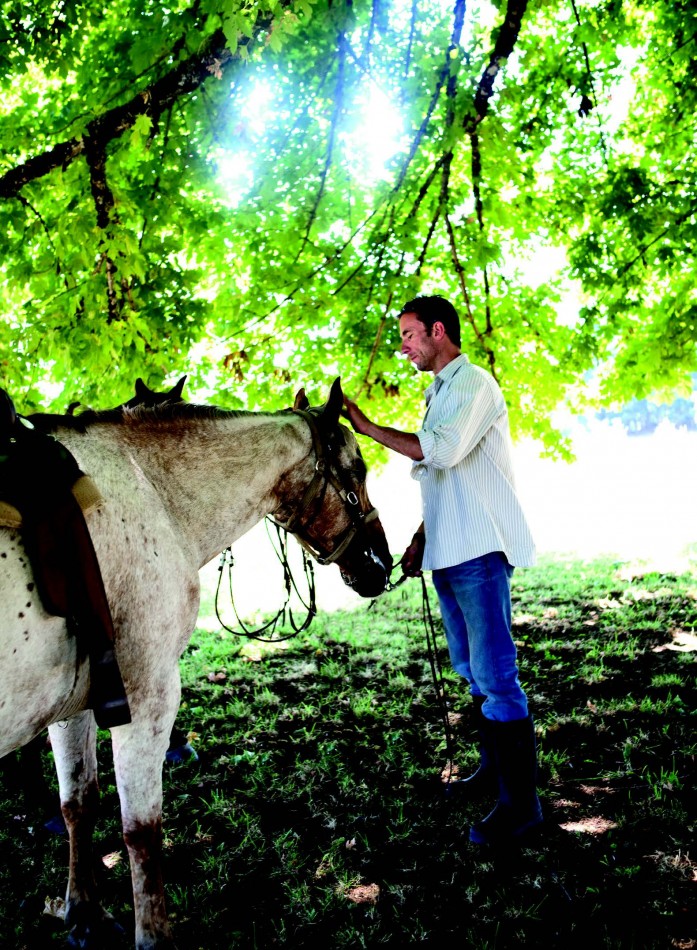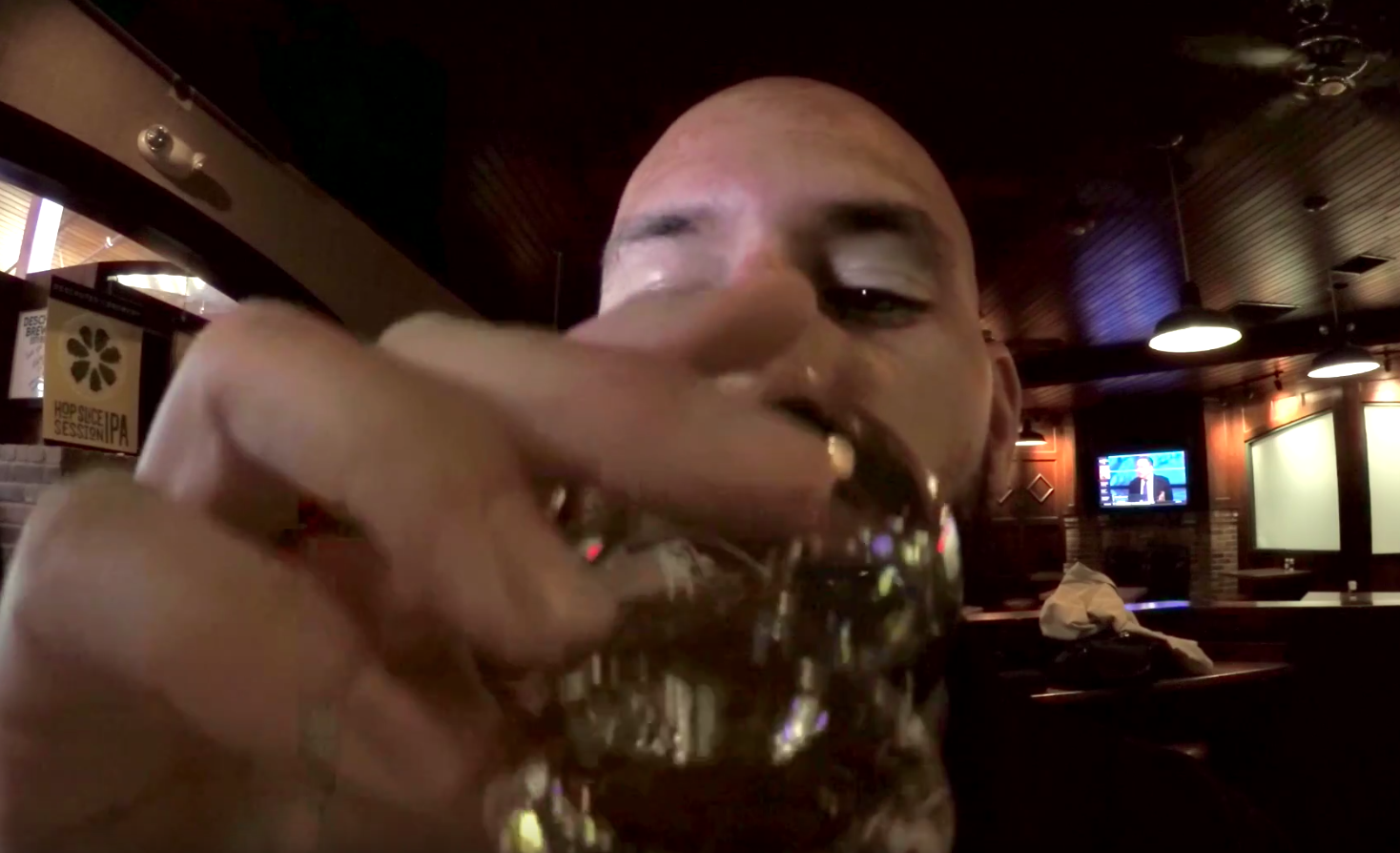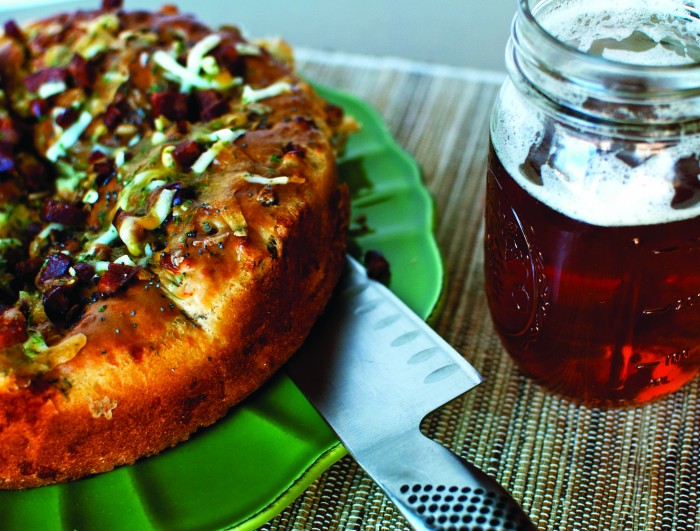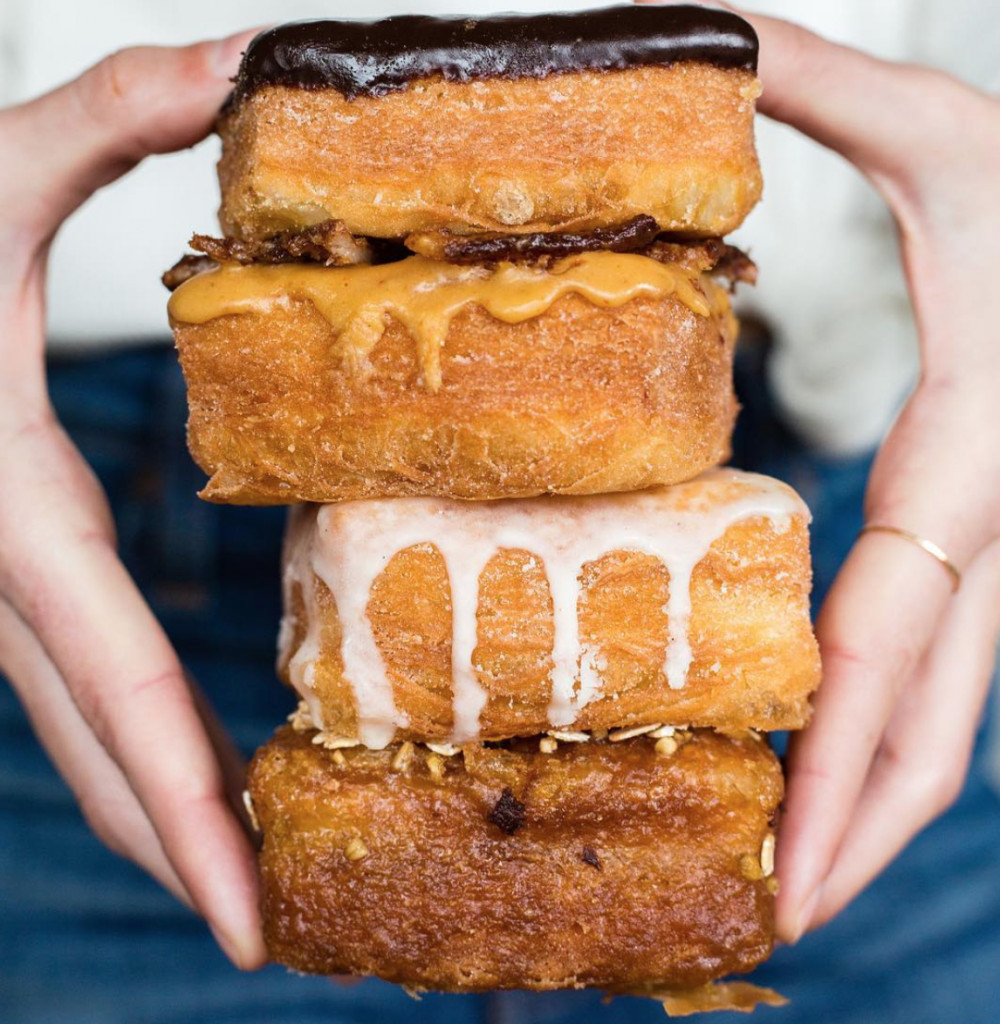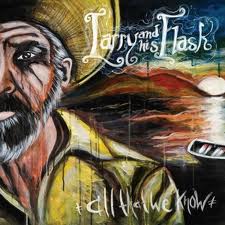Last October, I stumbled over an outlandish claim by an outfitter that they would drive horses anywhere in the state, drop them and pick them up at the end of a ride, no matter how far, no matter how many days, no questions asked.
I searched the Mountain Pass Ranch‘s entire Website, clicking tabs and turning over links. There was no small print, no prior mastery of horses required, no bait and switch. My heart galloped, abandoning reason in its dust.
From the tall withers of trail horses, there was wilderness to explore along the John Day, into the Strawberry Mountain area or out to the rolling green of the Steens. I even imagined trotting out of the Fremont National Forest into Bonanza, Oregon!
By summer, I had settled on the most ambitious of all fantasies—to take trail horses on a two-day binge in wine country. In Oregon’s famed Pinot noir region lay a vast wilderness for exploration. Surprising chapters of a bigger story would emerge from that wilderness.
Of course, reality is full of details, and details take time and people who know how to manipulate them.
Sue Horstmann from Willamette Wineries Association at first laughed at my idea. “I don’t think anyone has done anything like that. But let me think about it,” she said. When she had stopped laughing and was sitting in a board meeting, she had an epiphany. The next day, I called Mary Hansen, a horse owner who was also the proprietor of ArborBrook Vineyards in the Chehalem Mountains.
A former human resources director, Mary had organization to her voice that evoked taskmaster. Her laughter, however, was unbridled. “This sounds like a lot of fun. Let me talk to my neighbors,” she said.
Using technology, I had found my way into a bucolic wilderness of my own making. It would be two days, nine wineries on horseback across trails, country roads and around vineyards in the tallest hills in the Willamette Valley. One proviso: We’d have to clean up after our horses.
Day 1
Horses, History and HUI
Vintners of the Chehalem Mountains confide that there are truly only three places on the planet where the delicate Pinot noir grape is successfully grown: Oregon, New Zealand and its ancestral home in Burgundy, France.
Soil and climate are the nature/nurture defining measures in grape growing. The argument goes something like this: Willamette Valley sits on the same latitude line as Mother Burgundy, so we tend to find similar amounts of pluie et soleil. The hallowed dirt in Burgundy is a mixture of limestone and clay with good drainage sands below. The Willamette Valley’s Chehalem Mountains are a collection of marine sediments, once a part of the ocean floor. That floor is overlain with iron-rich lava basalt from Cascade volcanoes and flood-water deposits that came down from the cracking of Glacial Lake Missoula in, perhaps, the world’s worst (or best) flood 12,000 years ago.
Geologists describe this event as though they themselves were swept on thunderous waves from the ice-dammed Clark Fork River in western Idaho on out across Oregon and Washington, scouring the Columbia Valley and monitoring the deposit of soil as they surfed out to the Pacific Ocean.
On that day, they rested.
The identity of the soil and climate of the Chehalem Mountains are distinct enough to earn their own AVA, or American Viticulture Area. AVAs are wine-grape growing boundaries with distinct characteristics. The French equivalent are the AOCs or apellation d’origine contrôlée. AOCs are based on the different characteristics of terroir, or land composition, and date back to Medieval wine-growing monks. Oregon has fifteen of these. Washington has just ten. Of course, California has more than a hundred AVAs. After budget cuts, probably closer to ninety-eight.
In the feature length ad for California wine country, “Sideways,” Maya (Virginia Madsen) asked the Pinot-obsessed Miles (Paul Giametti) what she described as a personal question, “Why are you so into Pinot?” By this point of the movie, I had already asked, ‘Why are these people so self-absorbed?’ and left. In his two-minute discourse on the Pinot noir grape, he said, that this legendary fruit can only grow “in these specific tucked-away corners of the world.”
In this tucked-away corner of Oregon lie wineries, some horses and a great bunch of people to ride and drink with. In oenophile heaven, you choose your mount, your mountain and your wines. Then you ride off into the dawning day.
On a hot Sunday morning in July, Teresa Dunn led our horses out of the trailer and into wine country. My mount is a tall Appaloosa named Red. I’d been on an untethered horse only a couple of times in my life. After all, horsemanship couldn’t be that much different from mulemanship, which I’d practiced at my grandparents’ neighbors farm in Canada as a child. Dino, the mule, was the workhorse of the Funkenhauser’s ranch, and could pass as a pony among us urban kids from Detroit.
Red was a striking character, at least twice as tall as Dino the mule and more powerful around the chest and legs. I was impressed.
From Red’s sideways glares, I could tell he was thoroughly disappointed with me. I know, Red. I’ve sat on tarmacs next to the only open seat hopefully waiting for the cabin door to close only to see an overstuffed man sweat-hogging down the aisle toward me with a bulging bag too big for the overhead. Oh, I know, Red. I’m not good at masking disappointment either.
Behind Red’s silence and sideways glances was a calm equine omniscience. He knew that most of my horse management skills came from a chance encounter at dinner with a colt-breaker the night before. He knew that I’ve been told to enter and exit a horse on the left, to pull on the reigns whichever way I wanted us to go, to pull back for the brakes but nothing more. What he didn’t know is that I’ve seen llamas before and, in the end, that would make all the difference.
Patti Bateman, a designer from Portland; Steve Porino, a sportscaster for NBC Universal; photographer Joni Kabana and ArborBrook Vineyards owner Mary Hansen were all part of the wine tasting, horse riding, poop scooping Corps of Discovery as we set out on horseback from ArborBrook Vineyards to Adelsheim.
We rode past grape vines, six feet high. From our withered heights, we could see over the top of their symmetrical lines and across the rolling vineyards on Calkins Lane on the first leg of the journey.
Red, from Eastern Oregon, was used to dusty trails, but this impressive panorama of green vineyards put a little trot in his step. No one had prepared me for this giddiness as I bounced clumsily along our half-hour ride to Adelsheim.
Horses are a great vehicle for the lost art of conversation—less distracting than car travel, better paced than golf carts and more leg room than airplanes. Patti grew up in Newport, where her father was a funeral home director. She’s owned horses, generally rides English saddle and has competed in dressage events without falling.
Mary was the human resources director for a bank before moving to its Lake Oswego branch headquarters and getting hitched to the bank president, Dave Hansen. “Do as I say as an HR director, not as I do,” she laughed. One day in 1999, she was surveying land from Bergström Vineyard up the hill on Calkins Lane and fell in love with the property that she and Dave bought to start ArborBrook Vineyards.
Pinot noir
The famed vintner, Andre Tchelistcheff of California’s Beaulieu Vineyards, once characterized the difficulty of cultivating the Pinot noir grape by saying, “God made Cabernet Sauvignon whereas the devil made Pinot noir.” The Pinot noir grape is indeed the delicate child on the playground with thin skin who can’t get too much sun or water. Too much heat increases the sugar level. Too much rain causes dilution of sugars and reduces intensity of flavor. In the play of water and heat, each growing season crafts a different Pinot noir that becomes the signature taste of that vintage.
That cycle has played out for hundreds of wine growers in Oregon since David Lett turned his back on dental school and made a Pinot noir that was the envy of many a French vintner.
In 1966, Lett and his wife, Diana, planted the thirteen acres of commercial Pinot noir grapes in the Willamette Valley’s Dundee Hills. By 1975, Lett’s Eyrie Vineyards produced what the French vintno-crats must have thought em-po-see-bluh! His 1975 vintage beat the top Burgundian Pinots in a blind tasting at the esteemed Wine Olympics in Paris in 1979.
It was the sip heard around the world.
Naturellement, my emails and calls to the French organization that had sponsored that event seeking their reaction to that day went unreturned.
Within a decade, vineyards flourished under early Oregon viticulture pioneers such as Robert Drouhin, Dick Erath, Richard and Nancy Ponzi, Charles Koury, Richard Sommer, and David and Ginny Adelsheim.
Today the Oregon wine industry has grown to nearly 400 vineyards, somewhere near 16,000 harvested acres producing 1.66 million cases of Pinot noir, Chardonnay, Pinot gris, Riesling, Cabernet Sauvignon and Tempranillo from southern Oregon’s Umpqua Valley.
After sampling the lovely craft of Adelsheim, we rode up Calkins Lane to meet the neighboring wineries of Lachini, Bergström and de Lancellotti.
Lachini is a small vineyard that produces less than 5,000 cases a year and does it under the ambitious management of biodynamic certification. Known as a stricter form of agriculture than organic farming, biodynamic viticulture brings an element of spirituality to farming. These wine growers use cow horns, for example, for burying and later spreading cow manure as a celestial and de facto fertilizer.
“We want to ultimately nurture our vineyard and want to take the land back to where it was thousands of years ago,” Ron Lachini explained.
We took turns holding the horses under a shade-tree while sipping a wonderful 2007 estate Pinot noir and a cold Pinot gris from an old barn that also served as a tasting room. Lachini later told me that he will soon break ground on a Tuscan-inspired tasting room. I prefer the old barn.
One reason this trip ultimately worked out so well is that the vineyards in the Chehalem AVA are close enough together that you can keep your Pinot buzz going into the next vineyard. And no matter how much wine I washed down, I could still count on Red to walk a straight line.
The night before, I’d heard that Oregon is one of two states where HUI, horseback riding under the influence, is illegal. The other is Alabama. Case law is, in fact, scant where it comes to HUI, but the escapade of a couple of drunken riders in Pennsylvania offered some clarity.
One night eight years ago, a couple of guys were drunk and riding their horses home along a remote county lane when they were swiped by another drunkard in a pickup truck. The riders and the driver were all charged with DUI, but an appeal to the Pennsylvania Supreme Court cleared the horseback riders of all charges. An editorial from the Carlisle, Pennsylvania newspaper observed that if riding a horse drunk were illegal than why not “donkeys, or oxen or even a really large dog?”
I took refuge in the wisdom of the Pennsylvania Supreme Court as we whistled up to Bergström and de Lancellotti.
John and Karen Bergström moved from northwest Portland to fifteen acres outside of Dundee to continue an agriculture tradition that went back to their roots in Sweden. In 2001, the Bergström family planted grapes on the Calkins Lane property of their daughter, Kendall, and her husband, Paul de Lancellotti. Overlooking hundreds of acres of grapes on the Chehalem hillside, we tasted a Sauvignon blanc and a number of the Bergström Pinot noirs.
Next door to Bergström Winery is its biodynamic spinoff, the de Lancellotti Family Vineyards. With no formal tasting room, Paul and Kendall welcomed us into their home to share a bottle of a fantastic ‘08 de Lancellotti Pinot noir, fields of lavender and sixteen acres of Pinot noir grapes. The afternoon overtook the sun and we headed back to ArborBrook.
ArborBrook Vineyards is just a short trot back down Calkins Lane. A cooler evening was creeping in. We washed and fed the horses before putting them out to pasture for the night. Dave had made dinner by the time we settled around the back porch.
ArborBrook Vineyards sits on thirty acres that were once a walnut farm. A classic 1910 Old World Dutch barn serves as ArborBrook’s tasting room. Inside and out the house and barn retained the patina of the old farm and a pleasant feeling of isolation. No one even thought to open his phone.
The sweaty bunch of us looked more like a casting call for a chain gang in Cool Hand Luke than aspiring wine tasters as we talked about the day’s wines, life and death underneath a shady willow.
Once a marathoner, Dave now covers the same distance in smaller increments each day by running between tasks. He ran into the house to fetch bottles of wine—an ‘09 Pinot gris and ‘07 Semillon. I’ve never considered myself effete enough to drink whites, but I lapped them up like a dog from a hose and kicked back in the shade.
Dinner was grilled salmon, pork loin, corn and potatoes. With it came ArborBrook’s finest: an ’08 estate Pinot noir, a heritage cuvée of the same vintage and then a special ’04 estate Pinot. We had no care in the world when the ’04 bowed its head and forgave us our sins.
Day 2
Getting in touch with your inner rosé and mouthfeeling
There is no guilt in farm breakfasts. Bacon and eggs are as wholesome as the sun and earth. In that spirit, Patti cooked up an ocean of each and we ate heartily for the task ahead. We had a longer ride up Calkins Lane and over to Ribbon Ridge, more vineyards to visit and white-wine weather to confront.
Early that morning, I had run along a route that marathoner-turned-vintner Dave suggested. It was a ten-mile loop through some of wine country’s most beautiful terrain. This route covered a lot of the ground we’d travel by horseback later that day. There were vineyards, hazelnut farms, fields of purple-headed lavender, wildflowers, cows, sheep and llamas who stood silently and stared from underneath a low hanging tree. It felt good to be on my own two feet for a change.
Mary, Patti and I rode slowly north on Calkins. Red walked easily and even wanted to canter a bit after his evening in Eden’s pasture. A biker passed us going the other way. “These horses are good,” Mary remarked. “They don’t spook at bikers, and horses don’t like bikes.” Shortly thereafter, we passed acres of filberts and more vineyards when Red suddenly turned and started to bolt in the opposite direction. Mary’s horse, too, spooked at the sight of the outlandish llamas.
Running past the llamas earlier this morning, I hadn’t appreciated how these exotic beasts might seem to our Eastern Oregon horses. The llamas’ hair was thick and matted. Their necks stuck out of their torsos like sipping straws. Their white faces were striped with black war paint.
“Easy!” I urged Red. Mary barked orders at her horse, who I feared was feeding on Red’s fears. Red wasn’t having “Easy” or “Whoa” or anything. Who could blame him? Before him, in the shade, the two painted beasts stood eerily still. Their eyes were locked on Red. If Red were to make eye contact, I thought, I’d be in a world where instinct and experience would matter.
It was then I remembered how little I knew about horses.
If he bolted, would he try to make it back home to Mount Vernon in one epic sprint? Would I be able to hang on or would I lose my grip somewhere between Prineville and Mitchell? Would one of my Fred Meyer mud boots slip through the stirrups as I fell, creating a wonderful case for a teaching hospital? If I jumped off before Red got a head of steam, would we be able to find him later in the labyrinth of vineyards?
I tried to steer Red to the far side of the street and kick him past the llamas. He smelled ambush and circled back. Eventually Red calmed enough that I could dismount. If I couldn’t ride Red past the insurgents, I would walk him.
Red liked this approach more, but he wanted to do it at a faster pace and broke into a trot. I ran with him.
By the time we had reached Styring Vineyards, the team had settled and we needed a drink.
Steve and Kelley Styring took a brave step into wine country, when he left an engineering career with Sun Microsystems and she dropped out as the director of market research for Frito-Lay to plant grapes. Steve Styring poured an estate Pinot noir, a Riesling and a truly unusual Cabernet Sauvignon, whose grapes are grown in The Dalles. His teenage son, Collin, played classic guitar artfully.
So engaging was Collin’s performance that we’d soon forgotten the morning’s spook.
Across the ridge, we met Cathy Redman of Redman Vineyard. Since first tasting Oregon Pinot noirs in 1978, she and her husband, Bill, dreamed about owning their own vineyard one day. In 2003, Bill’s job as a lumber broker was in decline and the couple asked themselves, “What would we regret not doing if we passed away tomorrow?” Their vineyard was in full production when, five years later, Bill’s cancer took him.
“It was always our dream,” said Cathy. “Life is too short, follow your passion.”
Farther up Ribbon Ridge and at the end of a dirt road is a beautifully planted Utopia Vineyard. Proprietor Daniel Warnshuis poured three estate Pinot noirs and talked easily about raising grapes to perfection. Unlike many of the vineyard owners, he had come along an insider track. While most college kids were drinking cheap beer and slurring words, he was collecting expensive California Cabernets and learning vintages while at University of California Santa Barbara. Society’s grand wine patrons later took him under their wings and into their collections to further his education. Early on, the decision to grow grapes and produce his own wine was a tough one. Now he had no regrets.
“I am doing exactly what I want to do and have my own destiny in my hands,” he said.
Among male wine-drinkers, there comes a point, as bewildering as gender confusion, when you find yourself drinking (and liking) a rosé. Rosé, the lubrication of prom dates, the 7UP mixer, the accompaniment to the B52s is back from the ’80s and not wearing parachute pants in its reincarnation. “No, rosés are coming back,” Mary insisted. “I’ve tasted some really good ones. But this one is really wonderful.” Utopia’s rosé was full surf on a sweltering day. It was created by blending into the rosé four to twelve percent Pinot noir, giving it a more robust taste. It was cool and indescribably good on this hot day.
If there is anything controversial about wines, it’s the use of language in its description. The taste defies words, literally. Take the absurdity “mouthfeel” for example. This term takes away the mouth’s primary sense, its ability to taste, and replaces it with the hands of a tiny blind man.
This illiteracy often worms into descriptions such as: “It has a silky mouthfeel” and “a generous mouthfeel.” One Pinot gris even goes so far as to have a “mouthfeel full of green apple.” It pairs well with caramel, I presume.
But mouthfeel is just foreplay in the wine vernacular. There’s a linguistic seduction that takes place just after the mouthfeel, the tongue-taste and the cheek-intuition. One wine, whose identity I won’t disclose for legal reasons, is the professional escort of Pinots. She is described as, “opulent, with an alluring nose of sweet dark cherries and whipped cream, shaded with a subtle tone of black licorice. Rich and savory … Finish is long and smooth as flavors linger impressively.”
Between the sheets of “mouthfeel” and “firm and lusty tannins,” I experience hints of oak that have almost nothing to do with the wine whose full body and coffee aroma I was mouthfeeling.
By then, our ability to taste wine had diminished, but our capacity to act like jackasses was ascendent. Steve Porino, more wise with each tasting, asked, to no one in particular, “Why doesn’t anyone describe their wine as ‘grapey’? No one seems to want to admit that their wine is made from grapes.”
The final stop on the two-day nine vineyard ramble was Trisaetum. Like Adelsheim, Trisaetum had a large and polished tasting room, as much a high-end gallery for owner James Frey’s art as it was for tasting wines. We were treated to Pinots from Trisaetum’s Coastal Range and Ribbon Ridge vineyards, while Frey told us how he and his wife, two MBAs, decided to go all in on a vineyard instead of kicking up the dirt path of corporate America.
Sunset
On the ride back to Mary’s, the Chehalem hills exhaled the afternoon heat, its delicate grapes ripening in straight rows arching over the rolling earth. The roots of this place are nourished with as much chance and human risk as they are mineral and manure. David and Ginny Adelsheim planted Pinot noir grapes while others swore it was foolish. Cathy and Bill Redman bought their dream vineyard just before he passed. The Freys and the Styrings sidetracked corporate America to take a chance on farming grapes in the Coastal Range and later the Chehalem hills. Bank president Dave Hansen runs between tasks, while juggling two full-time jobs.
Among these bipedal risk takers, the quadruped, Red, stood out. As we crossed once again into ArborBrook Vineyards—our llama experience forgotten—Red now treated me as an equal, if awkward, partner. With one unforeseen exception, Red had been a safe vehicle for a wonderful forty-eight hours of education in Oregon’s wine country. If there were any HUI charges filed, Red’s lips are sealed.

